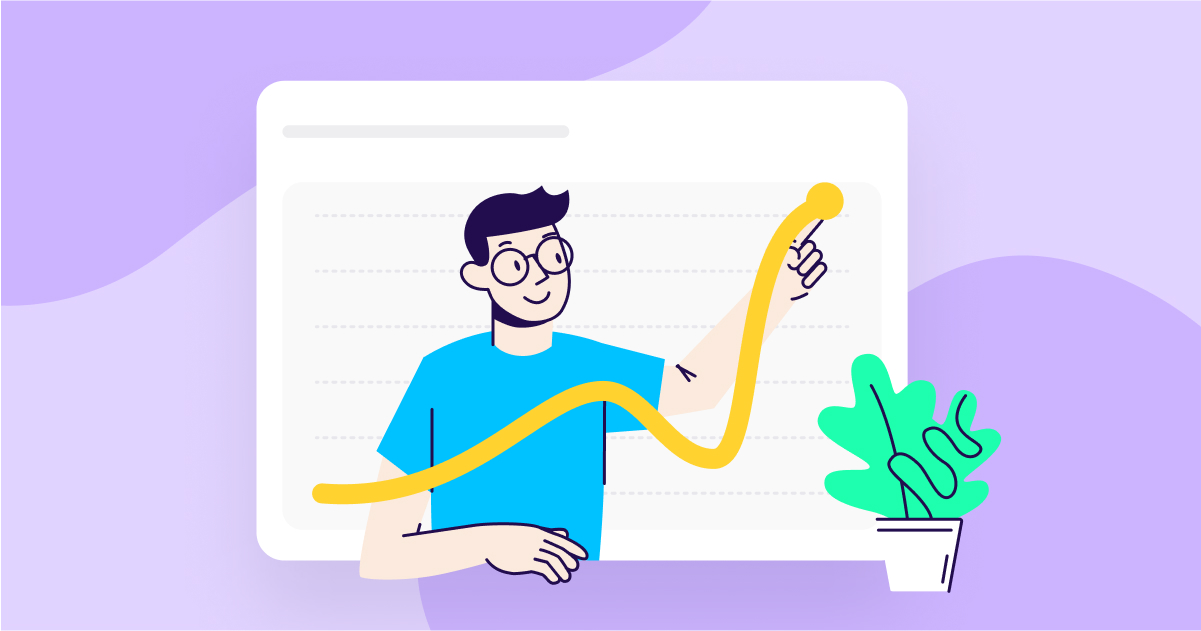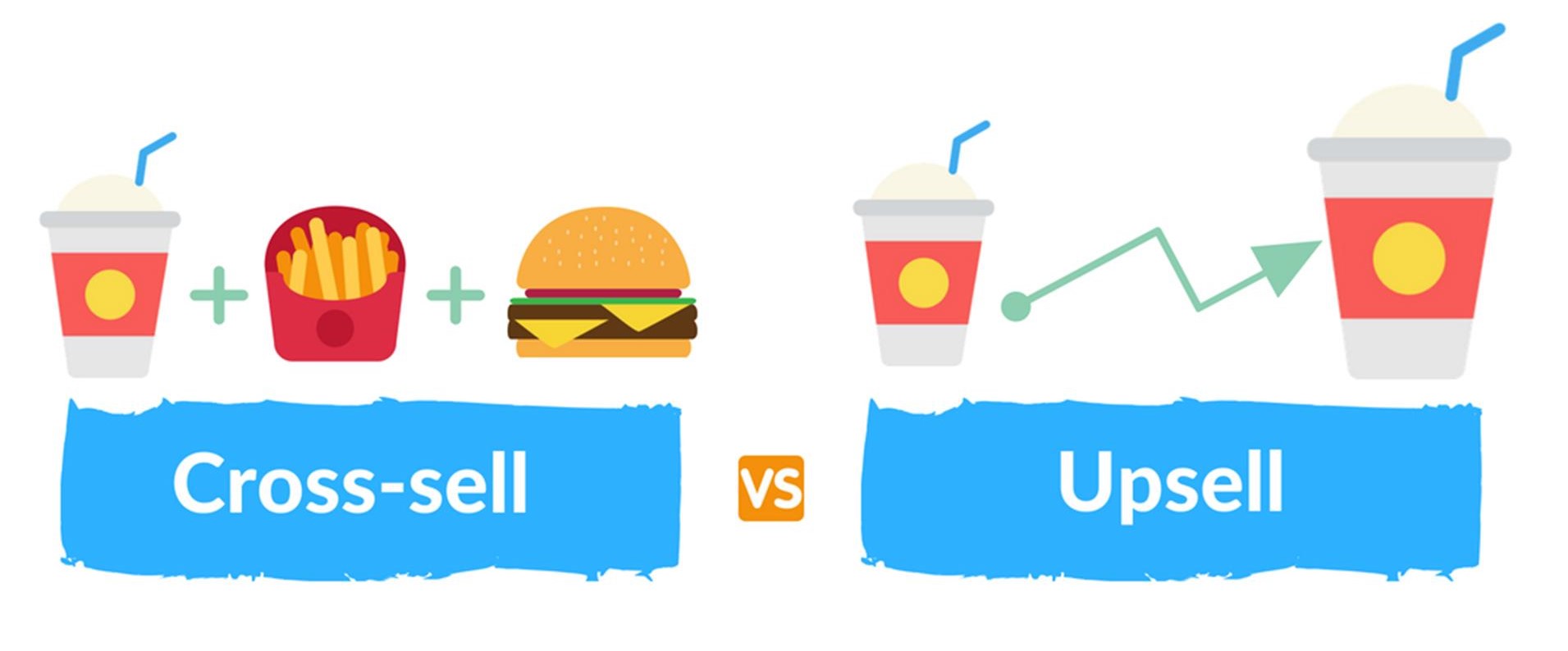Semalt: Data-Driven Secrets That Can Help You Optimize Your Smart Shopping Campaigns

December is right around the corner, which means if your sales aren't improving, something is wrong. There is no better time to shop, and smart shopping is now in vogue better than ever before.
In this article, we will be showing you how to put data to good use. Yes, you've read so many articles around understanding data, but this is quite different. In this post, we will show you how you can study your data, your competition's data, and Google's data to gain insights on how you can improve your Smart Shopping Campaign and enjoy better results from your campaigns.
Let's start off with a brief introduction.
What is a Smart Shopping Campaign?
Google smart shopping is one of Google's latest additions to its Ads features. It uses machine learning to figure out ways to improve campaigns by reducing the person-hours needed to optimize a campaign.
This tool is basically the secret to quick and effective ad campaigns. Advertisers can enter their campaign objective and budget, and Smart Shopping creates an optimized campaign with automated bidding and ad placements.
The amazing part about all this is that Smart Shopping ads are specifically tailored for business owners who have little experience with ads, a low budget, and less time to design their ads on their own.
How effective are these ads? This is probably what's going through your mind at the moment. According to Google, while in early testing, advertisers who used smart shopping campaigns had over 20% more conversion value than traditional ads creators working with a similar budget.
As responsive search ads, smart shopping uses machine learning to design the most relevant combinations of a user's visual and textual assets to come up with the perfect ads. These ads are then sent to prospects across Google Search, YouTube, Gmail, and Display.
In a nutshell, Smart Shopping is an ads format that helps you enjoy Google's machine learning abilities. It automates your ad bidding, ad placement, testing, and it uses your product feed to display ads across the Googles search network.
Why Do We Believe This Is a Useful Asset?
Not everyone is great with Google Ads after reading a couple of articles online. Many SEO professionals like Semalt only know what they know from experience. Having a smart way to do things may not get better results, but when compared to the other options available to you, it becomes clear that it does have its advantages.
It is helpful as it assists in campaign management, making it easier to work on a tight budget. Professionals can also consider using Smart Shopping to better manage their ads campaign efforts.
Nevertheless, we must be careful. Having a smart tool do all the difficult tasks has its disadvantages as well. For marketers who aren't careful, smart shopping can become a data black box.
We can teach you how to use the different types of data available to help improve your Smart Shopping campaign. With a better understanding of the inputs and outputs of this data black box, you can influence the inputs more effectively and get better returns on your investment.
Data Sources You Should Look Out For
Although Google discloses significantly less data, it will be suicidal not to take them seriously. In the limited data, Google discloses, there is still a lot we learn and use. Data on conversions, costs, and impressions can change your SEO campaign for life if only you understand how to use them.
Company Data
Your company provides reports which show which KPIs or factors you should be focusing on. Company data is generated internally, and considering that you are part of that company, it shows the reality of your situation without bias. In terms of company insights, you should be looking at stock data, all types of customer data, and your margins.
Competition's Data

Unlike 100-meter dashes, in SEO, you are expected to look at how your competition is performing every step of the way. It doesn't matter if they are ahead or behind you in terms of rank.
Know thy enemy. You should be able to answer these questions:
- Are you ahead or behind your competitors?
- What keywords do they use that you don't?
- What products do your competition offer and at what price?
These three questions form a guide that eventually reveals the secrets of your competition.
How To Use Data-Driven Insights As An SEO Boost
The most eliminating insights usually come through an analysis of different types of data. Sometimes, you only need one data source fo an insight, but we've discovered that a combination of all three data sources mentioned above can be the best bet.
Here are some examples of you can build with to optimize your smart shopping:
Understanding Your Campaign Profitability (POAS) Insights

As we continue to try and understand Google's shopping algorithm, we wonder if ROAS is a good objective. In a nutshell, ROAS is just a ratio that doesn't really say much about your profitability. This is why we focus more on POAS (Profit On Ad SPent). This insight tells us a lot more about how profitable each ads campaign is.
Now we can gain more automated insights into profits by combining Google data (cost data) and company data (margins).
Cross-Sell and Upsell Insights

As we learned more about POSA insights, we also realized that advertising a product doesn't always mean you get to sell the product. It could also mean that as you advertise one product, you get to sell another product with the initial product, or sometimes, you end up selling a completely different product without selling the product you advertised.
Here is an example. You could advertise product A but sell Product B alongside or only end up selling product C.
This is why we develop a Product Advertising Contribution model. In this model, the central message is that advertising one product doesn't always mean you get to sell the product. Understanding this concept has proved beneficial in calculating profit margins.
Product C may have a largely different margin than product A, and the upsell to product B can reveal something interesting when observed from a margin-technical point of view.
The Effect Of Your Price On Rankings

Is it true that your pricing impacts your Google rankings, or could this be a myth? To answer this question, we began our investigation.
A quick survey did the trick. We adjusted the retail price of one of our clients for a group of random products and observed their performance for six months. The products fell into one of the five prices ranges around the benchmark price that Google quotes, and the prices were around 10% cheaper one week and 5% higher the next.
Throughout this period, we documented the movement within the benchmark itself, and the price range in which the product will fall per week was randomly selected to ensure the results were as accurate as possible.
After analyzing the results, we saw that the products with the most discounts had more click-throughs than the expensive products. Products that were the most expensive suffered significantly fewer clicks.
With that, we can strongly say that Google shows your products/ services more when you are cheaper, but the difference in conversion rate is greater than impression. At the end of the day, price does matter.
By comparing your prices to your competitors within Google Shopping, you can draw a precise picture of where you stand and how to rank better.
Keyword Insights
By structurally and automatically collecting search term data through crawling, we are a to produce insights within Smart Shopping at the keyword level. Having this crawl data at our disposal helps us understand what is happening within Smart Shopping. With this data, we can:
- make adjustments in your ROAS;
- change your price positions;
- adjust what titles you use;
- understand the impact of newly added products on your rankings;
- understand the effects of improvements in your product scores.
Conclusion
Based on the insights we are able to gather, Smart Shopping is a tool every SEO expert should have in their toolbox. But we caution experts not to rely on Google Smart Shopping fully. First-time business owners without sufficient budget can also use Smart Shopping until they are able to get on their feet and hire experts.
Regardless of the situation, smart shopping can become more effective and beneficial when you use these data-driven insights. Not only will your Smart Shopping become optimized, but you will learn a lot more about your environment and what you can do to improve the overall performance of your business.
If you need to learn more about the subject of SEO and website promotion, we invite you to visit our Semalt blog.